By Chuck Lyons
In December 1837, 400 men armed with muskets, pitchforks, and staves marched against the city of Toronto and the British government. Intercepted by pickets, the undisciplined and ill-trained farmers, shopkeepers and students were driven back at gunpoint. One man was killed and the rest fled. The rebellion spread from the Toronto streets all the way to an island in the Niagara River and on to the St. Lawrence River, with periodic raids launched from American soil against Canadian authorities. Before the rebellion ended, a wellspring of sentiment had arisen in the United States in favor of the Canadian rebels, reawakening memories of the War of 1812 and bringing the American government perilously close to the third war in 70 years with Great Britain.
The leader of the nascent revolt was Scottish-born William Lyon Mackenzie, who settled in Canada with his mother in 1820. Originally a merchant, Mackenzie responded to general dissatisfaction in the province in 1824 by founding a newspaper, the Colonial Advocate, which launched numerous printed attacks against the British colonial administration. At the time, Canada was ruled by administrative officials appointed by the Crown who had the power to overrule the elected Assembly and were in effect a ruling oligarchy. This group, known as “the Family Compact,” was able to maintain power through the appointment of government officials such as post masters and judges. Critic Robert Thorpe referred to the group as a “shopkeeper aristocracy.”
Dissatisfaction simmered over the fact that the ruling clique had strong ties to the Church of England, which managed to limit religious freedom in the colony, and to assorted business and professional leaders. A great deal of Canada’s unsettled land also was held in Crown and clergy reserves that were not open to settlement or under Assembly control, further inflaming public discontent.
Mackenzie’s Angry Mob
Mackenzie was elected to the legislature of Upper Canada in 1828, but was expelled because of his anti-government stance. He was elected and expelled again, finally being elected and expelled five times before the government refused to recognize any representative from what was then York. In 1834, he was elected the first mayor of the renamed York, now called Toronto, and in October 1834, when the Reform Party took power, he was again elected to the legislature, this time to stay. Mackenzie was defeated for re-election in 1836, however, when the Tory Party swept his Reform Party from power.
Embittered by that electoral defeat, Mackenzie began advocating open rebellion. The province was divided into sectors and subdivisions, where local societies were established. A chain of command was established and secret military training began. Arms and ammunition gathered in the United States were brought to Canada and stockpiled. Samuel Lout’s blacksmith shop in Holland Landing began working night and day turning out pike heads.
In December 1837, when rebellion flared in Lower Canada (present-day Quebec), British troops were send east to put it down. Mackenzie decided to strike. On December 4, he raised a mob at Montgomery’s Tavern on Gallows Hill, north of Toronto, with the intent of establishing a provisional government. That night, the first blood of the Upper Canada rebellion was shed when a group of riders rushed Mackenzie’s guards and galloped through to the city spreading word of the uprising. Meanwhile, a rebel patrol commanded by Anthony Anderson captured two prisoners, including City Alderman John Powell. During the patrol’s return, Powell pulled a hidden pistol and shot Anderson, killing him instantly and depriving the rebels of the raid’s intended leader.
The next morning, Mackenzie gathered the 800 men and informed them he would be their new commander. A few of the men were armed with muskets and rifles. Others carried pikes, farm implements, and clubs. About noon, they marched toward the city. Because of the rebellion in Lower Canada, there were no British soldiers available to oppose them, but 200 men from the Compact families shouldered muskets and gathered in the marketplace to meet Mackenzie’s attack.
Mackenzie’s Ranks Collapse
At 2 pm, the rebel force paused near the top of Gallows Hill to form into two columns a half mile apart. There they encountered a delegation from the governor promising the men full amnesty if they dispersed immediately. The delegation was sent back to bring its offer in writing while Mackenzie’s force agreed to proceed no farther than the Red Lion Inn and the Bloor Street tollgate to the city. They were now within a mile or so of the city. Meanwhile, hearing that militia was on its way to reinforce the Compact defenders, the government withdrew its amnesty offer.
In the December twilight, the column moved into the city three abreast, with riflemen leading the way. Behind them, 200 pikemen marched down Yonge Street, followed by men armed with muskets and whatever else they could find. Mackenzie, mounted on a white pony, darted to and fro.
After marching a half mile, the leading ranks came on an advance picket of 27 men under Sheriff William Botsford Jarvis crouching in a vegetable garden near the corner of Maitland Street. The pickets fired, dropped their muskets, and scattered. The rebel vanguard returned fire and then dropped to the ground to allow those behind them to fire. Their action, however, was interpreted by the undisciplined and untrained rebels behind them as meaning that the lead ranks had been shot down. A general rout followed. Despite Mackenzie’s frantic yelling, the panicked men ran back to the Bloor Street gate.
One rebel, a cooper and former British soldier, was killed. A few days later, two others died; the force had shrunk to about 500 men. At the same time, the government had been reinforced by 60 men of the Gore militia under Colonel Allen McNabe, who was put in charge of Toronto’s defense. Small bands of Loyalists began slipping into the city from the countryside. The rebels meanwhile were expecting Colonel Anthony Van Egmond, who had fought in the Napoleonic wars, to take charge of the rebel force.
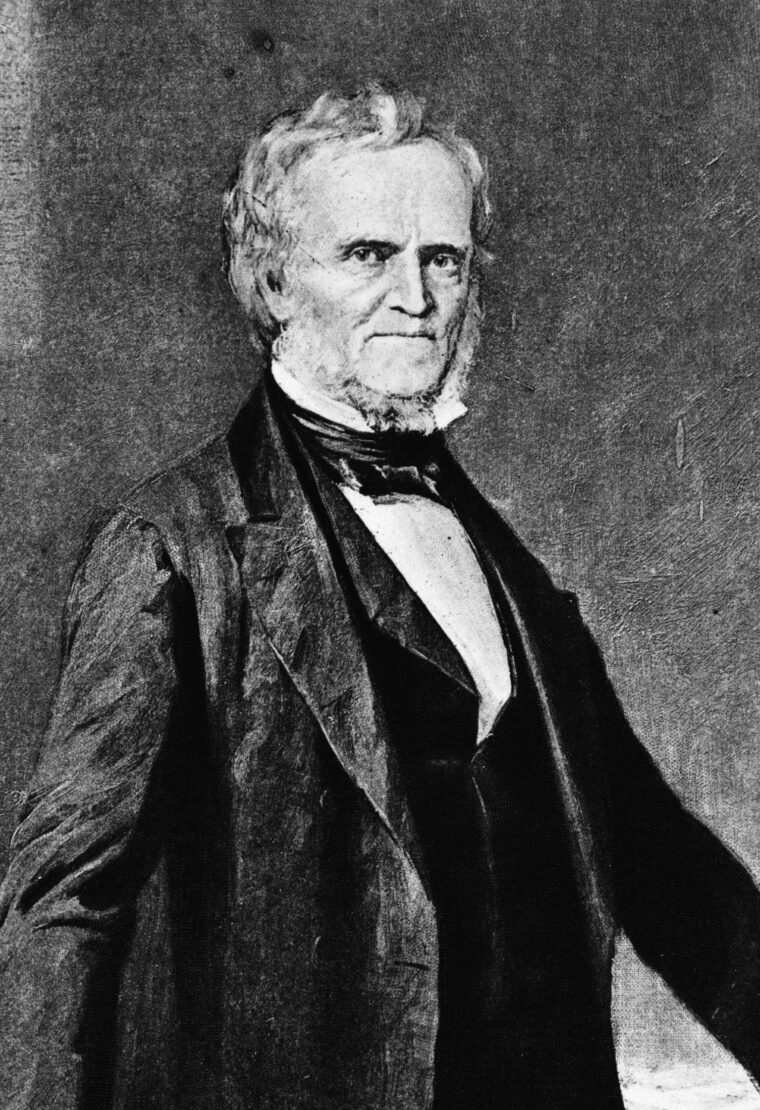
On December 7, the government counterattacked with a force that had grown to 1,100 men. Dragging two cannons and followed by two military bands, the 1,100 marched north on Yonge Street while flag-waving city residents cheered them on from windows and rooftops. Van Egmond arrived from Lake Huron to take command. Alerted to the approaching government force, he sent 150 rebels south to a small wood west of Yonge Street and several dozen more to take cover off the road to the east. The rest of Mackenzie’s force, without arms, remained at the tavern.
As the government forces approached, they were fired on by Van Egmond’s men. The main government force of 600 men spread out and continued to advance covered by their two cannons firing into the woods. The cannon fire did little real damage but unsettled the inexperienced rebels. One of two additional government detachments, each made up of about 200 troops, set out on the flanks of the main force, then closed on the right of the rebel position, routing the rebels. The government force continued its advance, and its cannons began firing on the tavern. Mackenzie and his men scattered.
Montgomery Tavern was burned. One rebel, Ludwig Widerman, was killed at the tavern and several more were wounded. The Loyalist forces had taken no casualties at all. Van Egmond was captured and died several days later from an illness contracted in the Toronto jail.
Reviving the Rebellion on Navy Island
Mackenzie escaped and fled toward the United States with a 1,000-pound bounty on his head. Aided by supporters, Mackenzie finally crossed the Niagara River by rowboat and landed on United States territory at Grand Island, a large island between Buffalo and the famous falls. From there he traveled to Buffalo, arriving on December 11. In Buffalo, where resentments against the British still smoldered over the burning of the city in the War of 1812, he spoke to 1,500 people, the largest crowd ever gathered in Buffalo, and enrolled some 97 men who swore allegiance to the rebel cause.
Around this time, a man with the unlikely name of Rensselaer Van Rensselaer appeared on the scene and represented himself as a cadet at West Point, which was not true, and as having fought with Simon Bolivar in South America, which was also not true. The son of Stephan Van Rensselaer, who had commanded American troops in the War of 1812 and served in the U.S. Congress, Van Rensselaer was named by Mackenzie to command the new force.
On December 14, Mackenzie and his bogus new commander moved on Navy Island, an island in Canadian territory between Grand Island and the Canadian mainland, three miles south of the brink of the falls. They seized the island, expelled the one family that was residing there, and began fortifying the place with the intent of using it as an assembly point for a renewed assault on Toronto. Mackenzie declared the island the seat of the provisional government of Upper Canada, with himself as chairman pro tem.
Meanwhile, emotional and practical support continued to grow inside the United States for Mackenzie and his “Patriots,” as they were now called. Rallies were held in communities all along Lake Ontario and in western and southern New York and northern Pennsylvania. Volunteers and supplies flowed onto the small island. Supporters broke into the United States arsenal at Buffalo and stole 200 muskets. Local police recovered 130 of them at Black Rock, but the remainder are assumed to have gone to Navy Island. Food, blankets and medical supplies poured into the small island.
By the end of December, the force of the island had grown to 200 men. The Canadian government, aware of the activities on Navy Island, sent an estimated 2,500 regular soldiers and volunteers to the riverbank across from Navy Island. The show of force was intended to keep the rebels from invading the mainland but officials hoped to resolve the situation through negotiation and the troops to hold their fire.
Estimates of the rebel forces on the island vary widely from 450 to 2,500 men. The rebels had nine cannons and two iron guns mounted on logs on the island. A mud redoubt featured a six-pounder field piece, while another six-pounder was mounted behind a large breastwork and a third in a log building. There were also several pieces of ordnance located in a clearing in the center of the island, where a blockhouse was surrounded by a stockade, abatis, and ditch.
Incident With the Caroline
It soon became apparent to the rebels that the small boats being used to supply the island were insufficient for the task. Something larger was needed, and the rebels contracted with William Walsh of Buffalo to use his paddlewheel steamboat, Caroline, a 46-ton vessel, 71 feet long with a 21-foot beam and a shallow draft. Caroline arrived at Navy Island on December 28 and was immediately put into service under Captain Gilman Appleby. Alarmed government forces observed cannons and other war materials being unloaded from the vessel.
Colonel MacNab now commanded on the Canadian shore and dispatched Captain Andrew Drew to deal with the new threat. Drew and 50 men in seven longboats pushed off from the Canadian shore after dark to attack Caroline, which was moored at Schlosser Dock on the American side of the river, a spot about three miles above the falls. Armed with pistols and cutlasses, the Canadians quickly stormed and secured the ship.
Drew considered taking Caroline back to the Canadian side of the river, but realized that it would take too much time to get up sufficient steam and instead ordered the ship burned. A number of fires were started aboard ship, and she was towed into the river current and set free to float north toward the falls. The burning ship ran aground after floating downriver for about half a mile. Despite lurid newspaper sketches of the ship being swept over Niagara Falls with all aboard, there was no one left on Caroline when she was set adrift, and she never reached the falls.
Nevertheless, the incident created a sensation in the United States, in whose waters Caroline had been moored when attacked. The attack enflamed memories of British burnings during the War of 1812, further ratcheting up support for the rebels. Durfee became a hero and martyr, his body displayed in the plaza of Buffalo’s city hall. The United States demanded immediate redress from the British, while President Martin Van Buren issued two neutrality proclamations and sent General Winfield Scott to the Niagara frontier to see that they were obeyed. The possibility loomed of another war with Great Britain.
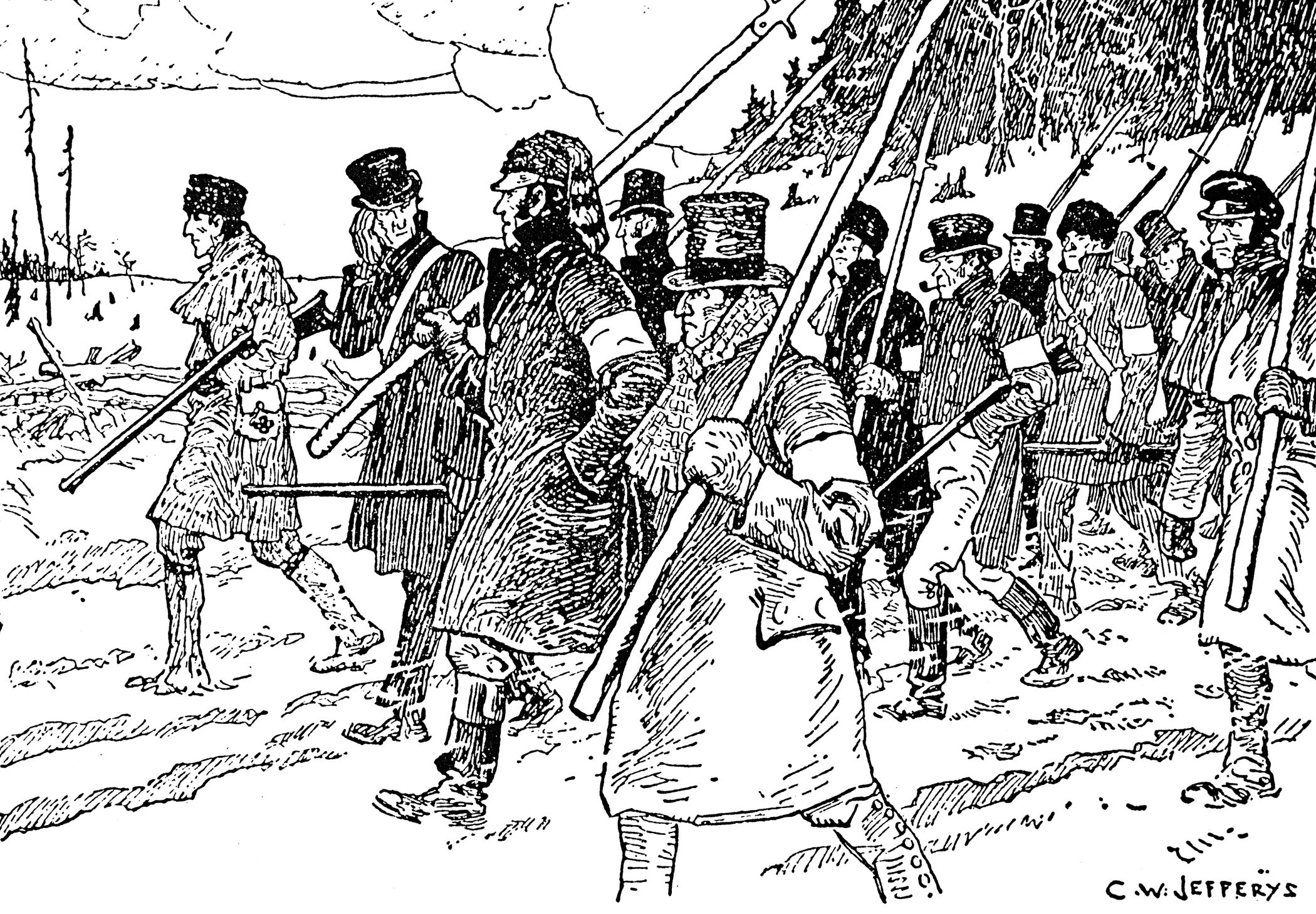
In a message to Congress, Van Buren called the incident “an outrage of the most aggravated character … accompanied by a hostile but temporary invasion of our territory.” The president demanded an explanation from the British, who in turn defended the attack as justified since the ship was being used to support an armed insurrection.
18 Months and a $10 Fine
By now, the Canadian government had given up hope of a negotiated settlement and began bombarding rebel positions on the island. The Patriots returned fire, and two Canadians and one rebel were killed. The increased bombardment, the bitter winter conditions on the island, and the arrival of General Scott to enforce American neutrality convinced Van Rensselaer to abandon the island.
After dark on January 14, 1838, the Patriots retreated from the island, taking their ammunition and whatever else they could carry with them. Scott’s men rounded up the rest and transported them to Buffalo, where they were documented and released.
The following June, Mackenzie was indicted for violation of U.S. neutrality laws. He was convicted in a trial held at Canandaigua, New York, and was sentenced to 18 months imprisonment and fined $10. Van Rensselaer was also indicted for violating neutrality laws and released on bail, at which point he traveled north to join Patriot forces along the St. Lawrence River and then disappeared from the scene. Meanwhile, agitation and anger at the British spread.
The Raid at Prescott
In March at Lockport, New York, a group calling itself the Hunter’s Lodge was formed to aid Canadian refugees who had fled to the United States. A part of the group soon went underground and spun off numerous other lodges that mounted secret raids into Canada. The lodges adopted the motto, “Remember the Caroline,” playing on anti-British sentiment and beginning an undeclared war against Canada. Raids were carried out at Short Hills, near Niagara Falls; at St. Clair, near Detroit; and at Prescott and Windsor in Upper Canada.
The raid at Prescott brought the border situation to a crisis. The incursion began on November 12, 1838. A large group of Hunter’s Lodge men gathered at Sackett’s Harbor, New York, intending to attack downriver from Kingston. The force was commanded by a senior Hunter Lodge man, John Birge.
Early that day, a force of about 250 men attempted to land at Prescott, but the British, having been warned of the impending attack, were ready to receive them. Without the element of surprise, the raiders abandoned their plans and retreated downriver two miles to a promontory known as Windmill Point. There they occupied the hamlet of Newport, with its prominent 60-foot stone windmill atop a 30-foot-high bluff. A Swiss immigrant, Nils von Schoultz, took charge at Newport while Birge and other leaders crossed to Ogdensburg, New York, to collect supplies and gather reinforcements.
The next day, a handful of British infantry from the 83rd Regiment and some 600 militiamen surrounded the rebel position and attacked. They were repulsed, with 13 regulars and militiamen killed and another 70 wounded. Eighteen Hunter’s Lodge men were also killed and unknown number wounded. Meanwhile, the United State Navy and the British Navy blockaded Ogdensburg to keep rebel supplies and reinforcements bottled up.
With British Navy gunboats blocking their escape on the river, von Schoultz had no choice but to surrender. The rebels were transported to Kingston, where 11 of them, including von Schoultz, were executed and another 60 were sentenced to transportation to Australia. Except for a small raid at Windsor in December, the rebellion was over.
The Birth of Modern-Day Canada
Mackenzie served 10 months of an 18-month sentence, became a newspaper publisher in Rochester, and then moved to New York City to practice law. In 1849, the Reform government of Robert Baldwin passed an amnesty bill pardoning the rebels. Mackenzie was free to return to Toronto. He was elected to the Assembly again in 1851, where he continued to go his own way and criticize the government. He retired from the Assembly in 1858 and died three years later, deeply in debt.
The unsuccessful rebellions in Upper and Lower Canada caused the British government to take seriously the Canadian complaints. In 1838, the Constitution of Lower Canada was suspended, and the Crown sent Lord Durham to investigate the unsettled situation. Durham subsequently recommended the union of the two Canadas, complained of the “petty, corrupt, insolent Tory clique” of Family Compact families, and advised the government to be made more responsible to the electorate. He further urged the creation of a Supreme Court, the abandonment of all clergy reserves, and the institution of land reforms.
Upper and Lower Canada were united in 1841, the strength of the Family Compact was broken, and many of Lord Durham’s recommendations were phased in over the ensuing years. Although the rebels had failed militarily at Toronto, Navy Island, and along the border, they had succeeded politically in giving birth to modern-day Canada.
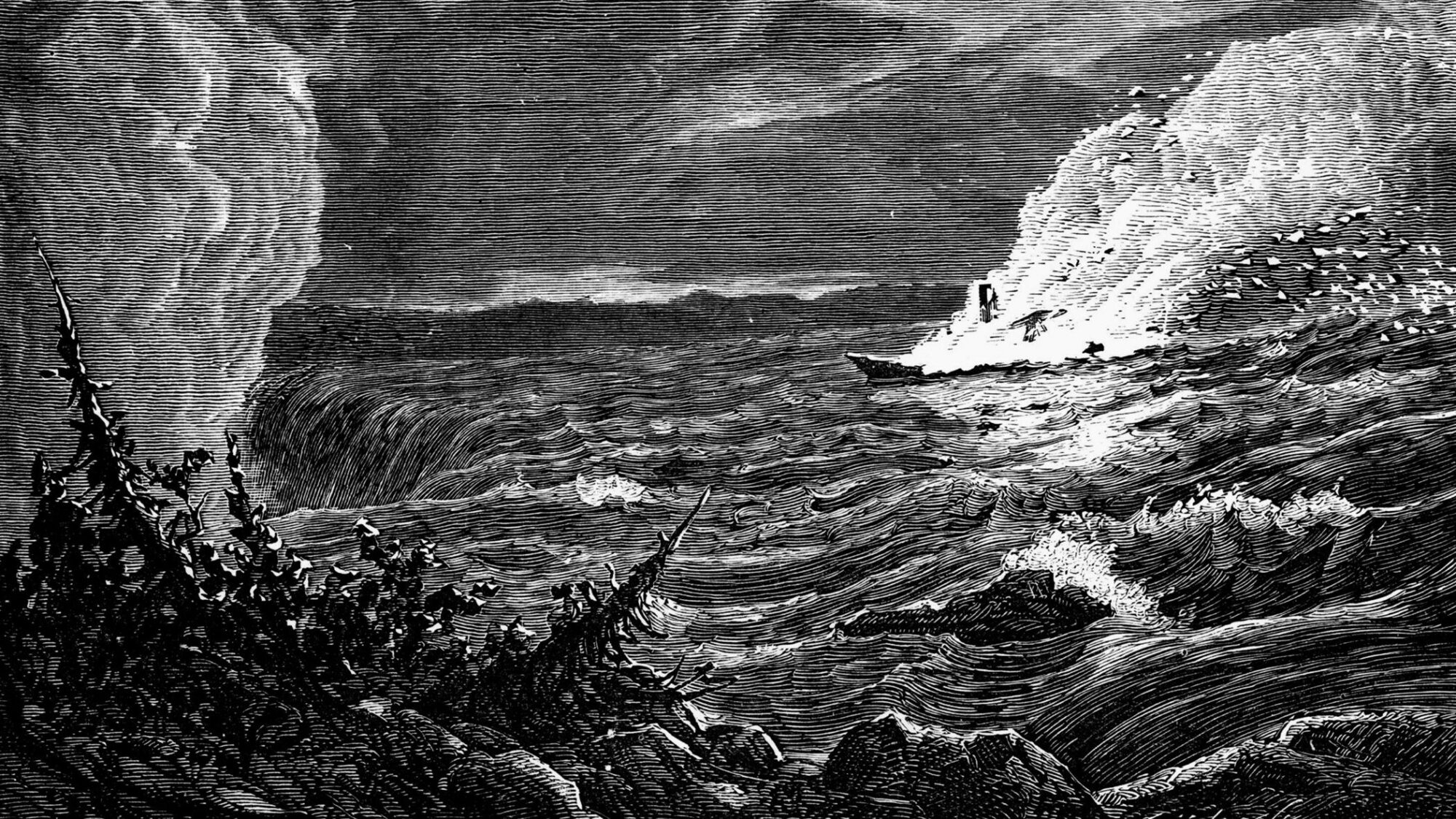
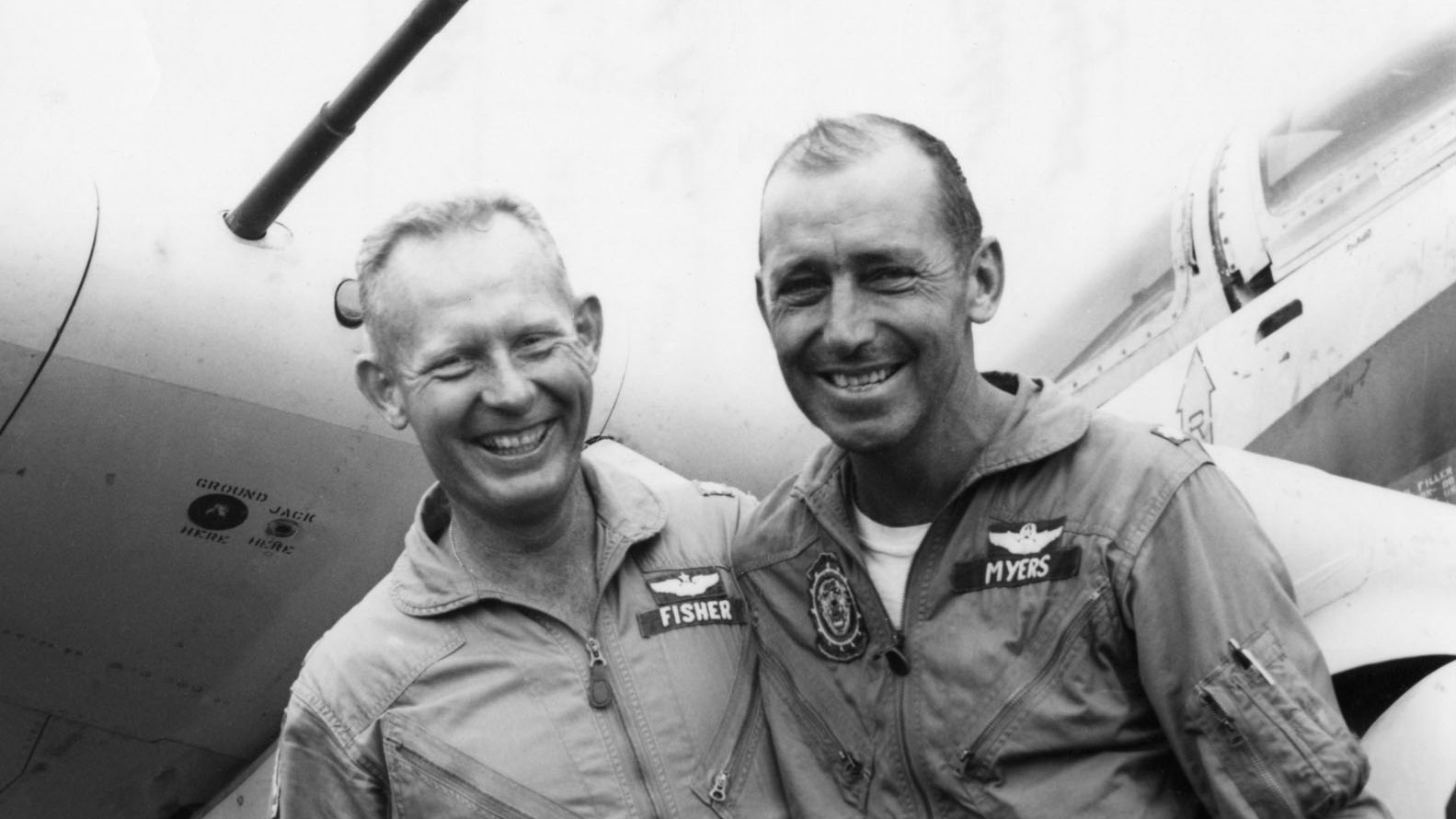
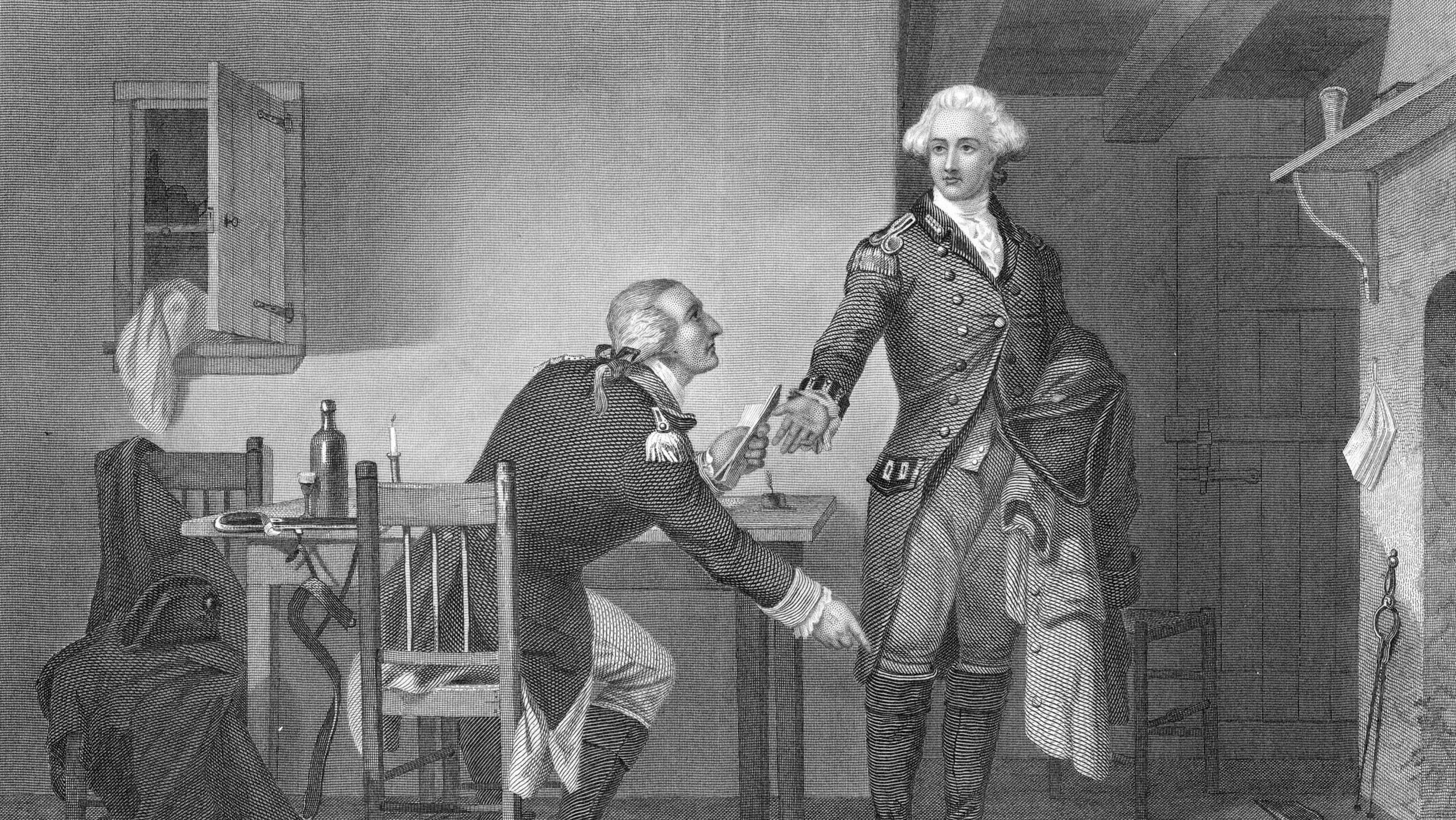
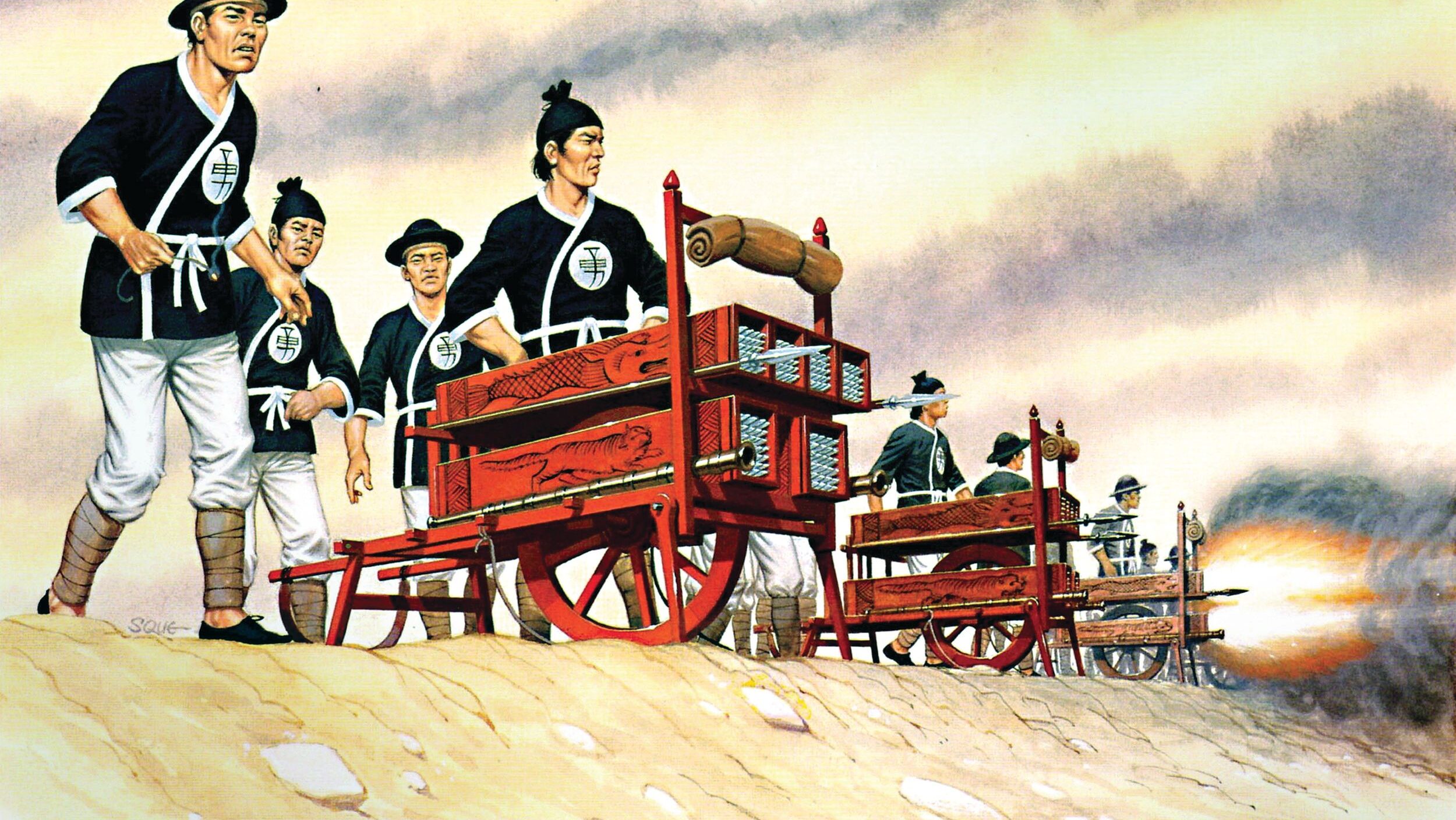
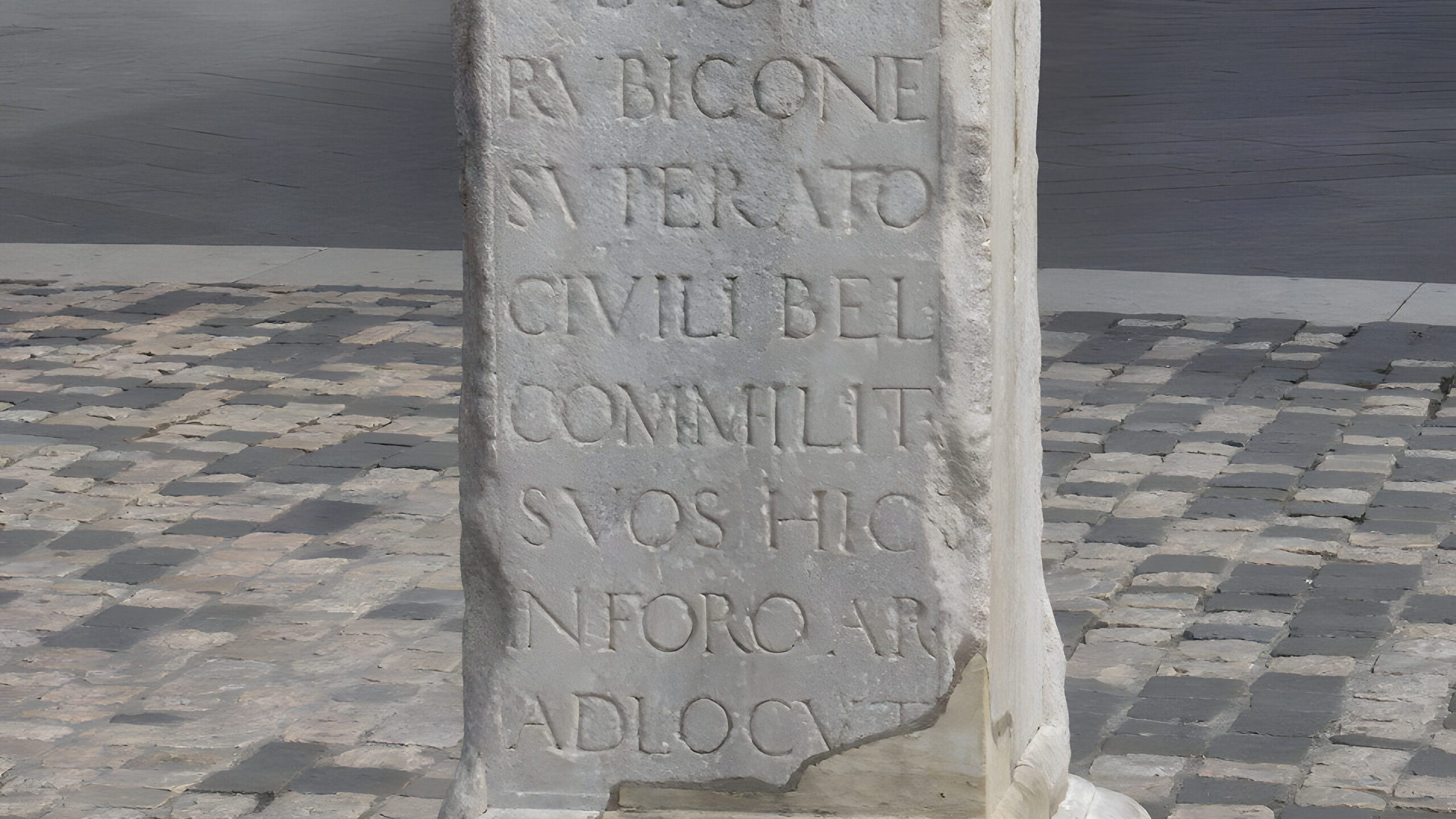


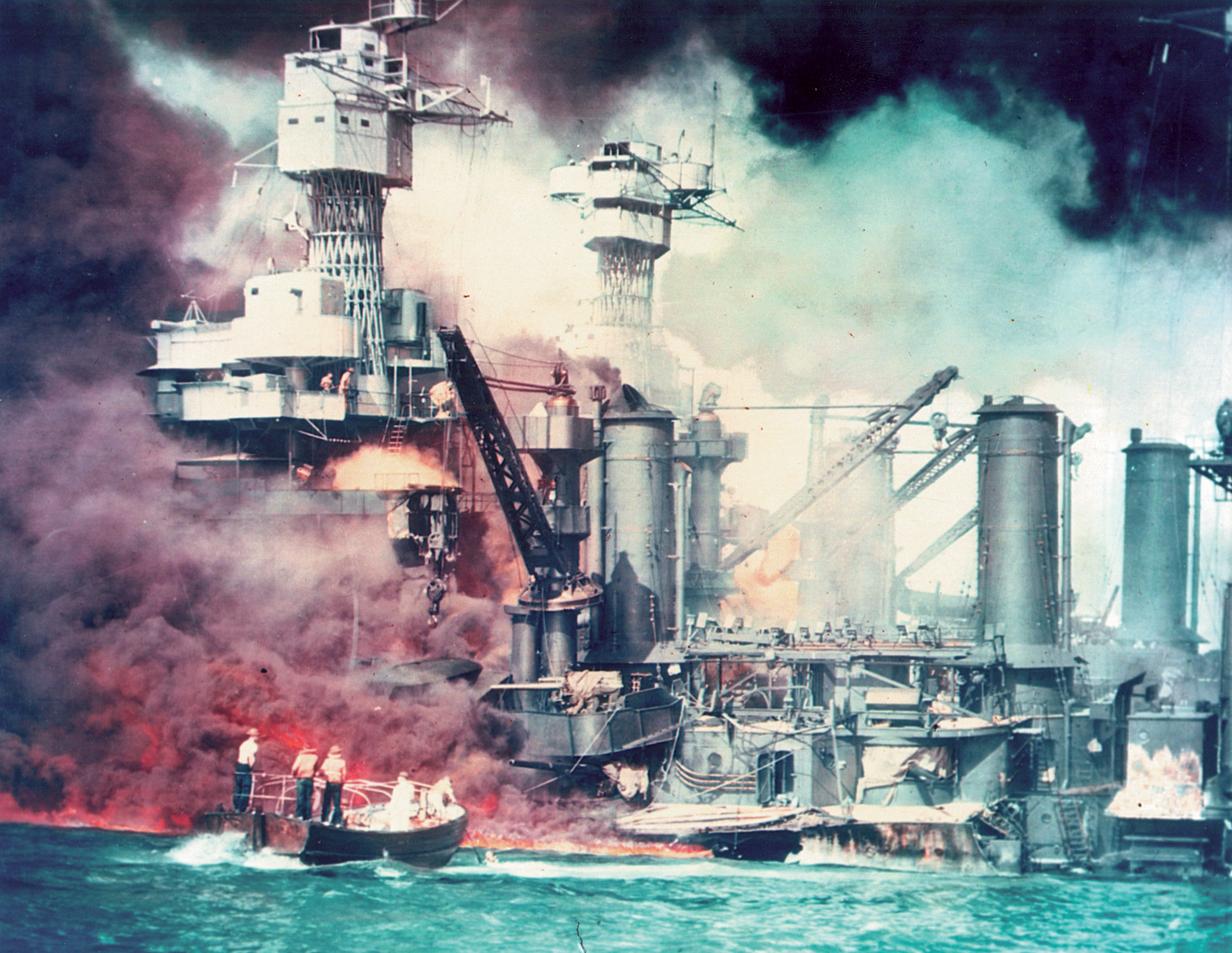
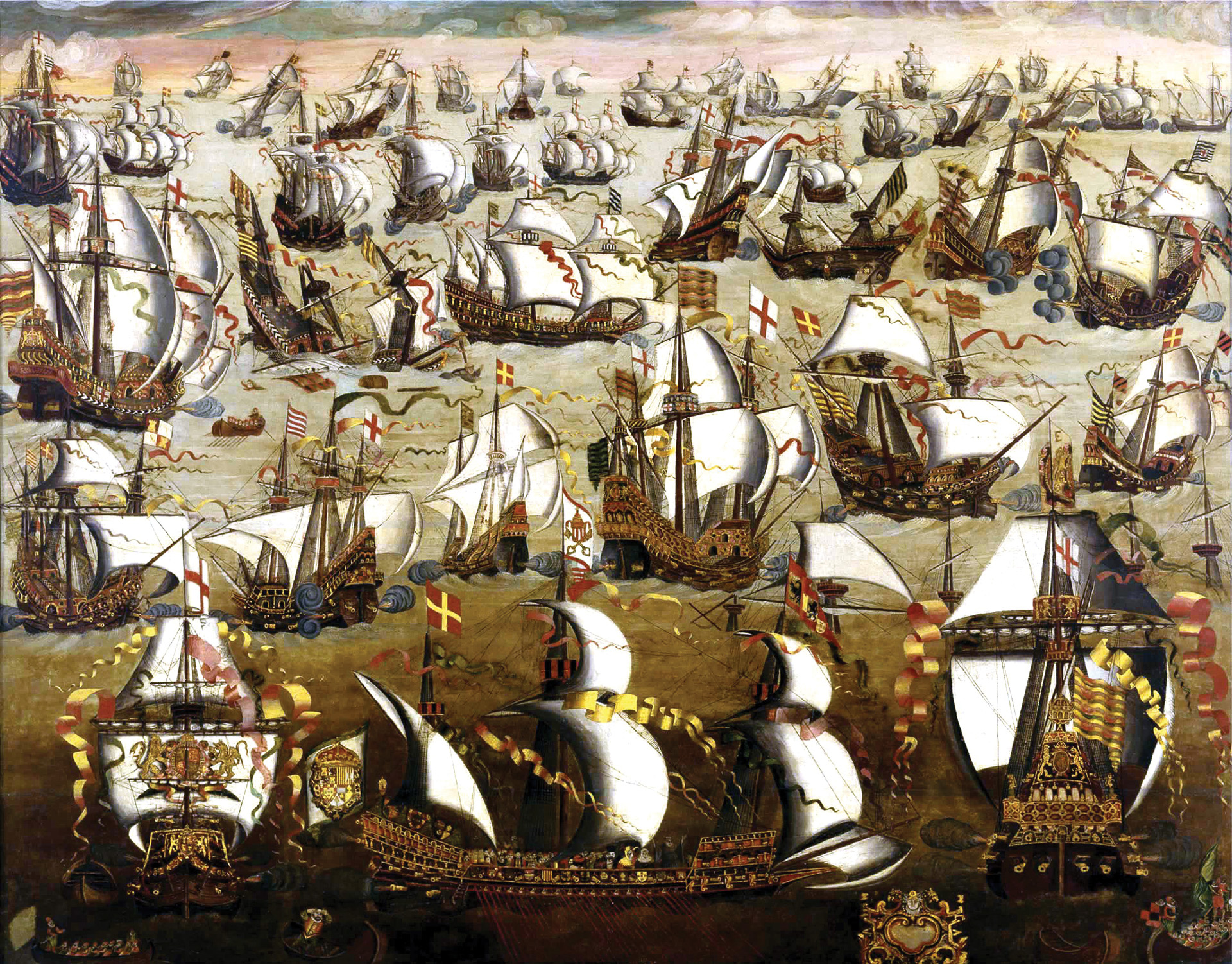
Very interesting and a part of history I had never heard about before. It would be interesting to read what history will say about this time we live in, in say 100 years from now. I doubt it will be known as a ”shining example” for future generations to emulate. But hope none will be embarrassed by what their ancestors [us] did or did not do.